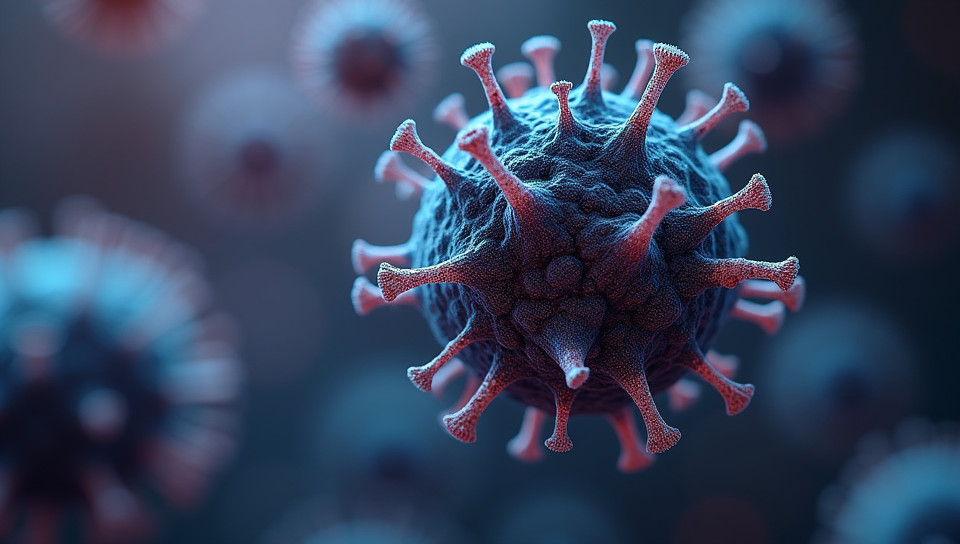CRISPR technology raises concerns about mutations 78%

The Double-Edged Sword of CRISPR: Unpacking the Concerns Around Genetic Mutations
As scientists continue to harness the power of CRISPR technology, a revolutionary tool for editing DNA, concerns about its potential consequences are growing. The ability to precision-edit genes has sparked hopes for curing genetic diseases and improving crop yields, but it also raises questions about the long-term effects on human health.
A Brief History of CRISPR
CRISPR (Clustered Regularly Interspaced Short Palindromic Repeats) is a relatively new technology that allows scientists to edit genes with unprecedented precision. Developed in 2012 by Jennifer Doudna and Emmanuelle Charpentier, CRISPR has since become a powerful tool for genetic engineering. The technology works by using a small RNA molecule called a guide RNA (gRNA) to locate a specific sequence of DNA and then make precise cuts to edit or remove the gene.
The Potential Risks
While CRISPR holds great promise for treating diseases and improving crops, it also raises concerns about unintended mutations. When editing genes, scientists are not always able to predict the full range of consequences, including off-target effects and mosaicism (the presence of both edited and unedited cells in a single organism). This can lead to a range of problems, from gene silencing to cancer-causing mutations.
- Off-target effects: Changes to unintended parts of the genome
- Mosaicism: Presence of both edited and unedited cells in a single organism
- Insertional mutagenesis: Unwanted insertion of genetic material into the genome
- Gene disruption: Disruption of essential genes, leading to cellular dysfunction
The Ethics of CRISPR
As CRISPR becomes increasingly accessible, concerns about its use for non-therapeutic purposes are growing. Some scientists worry that the technology could be used for "designer babies," where parents choose to edit their child's genes to select desirable traits. Others fear that it could be used to create genetically modified organisms (GMOs) without proper regulation.
Conclusion
CRISPR technology holds great promise for improving human health and agriculture, but its potential risks must not be ignored. As scientists continue to develop and refine this powerful tool, they must also prioritize caution and responsible use. The long-term consequences of CRISPR are still unknown, and it is essential that we proceed with careful consideration and a commitment to transparency. Only by acknowledging the potential risks can we harness the true power of CRISPR for the betterment of humanity.
- Created by: Xīnyí Wong
- Created at: Jan. 13, 2025, 1:02 p.m.
- ID: 17716







